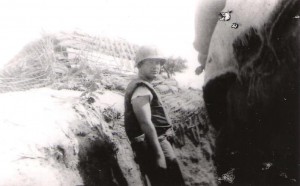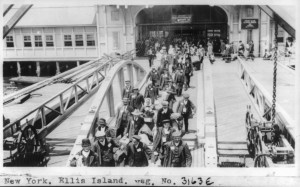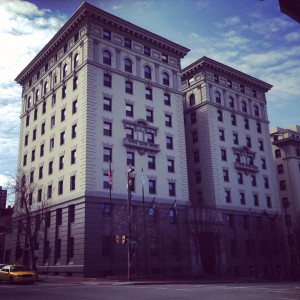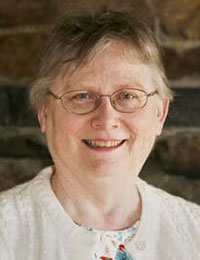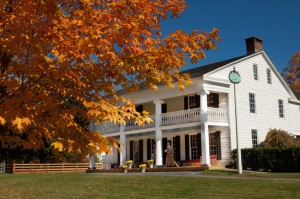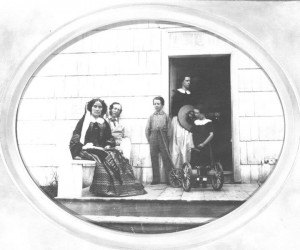
I am fortunate in that my parents and grandparents took photographs and preserved the photos of the generations before them. My paternal great-aunt Margaret Steward (1888–1975) was the genealogist of the Steward and Beeckman families, and she was careful to identify the sitters in family photos whenever she could. Through her efforts, I have three photographs of the Steward Homestead in Goshen, New York, from the 1850s. These pictures show different collections of Stewards, Whites, Le Roys, and Mariés, the parents, siblings, and other kin of my great-great-grandparents, John Steward and Catharine Elizabeth White. Continue reading “All far from Goshen”: Three family photos



